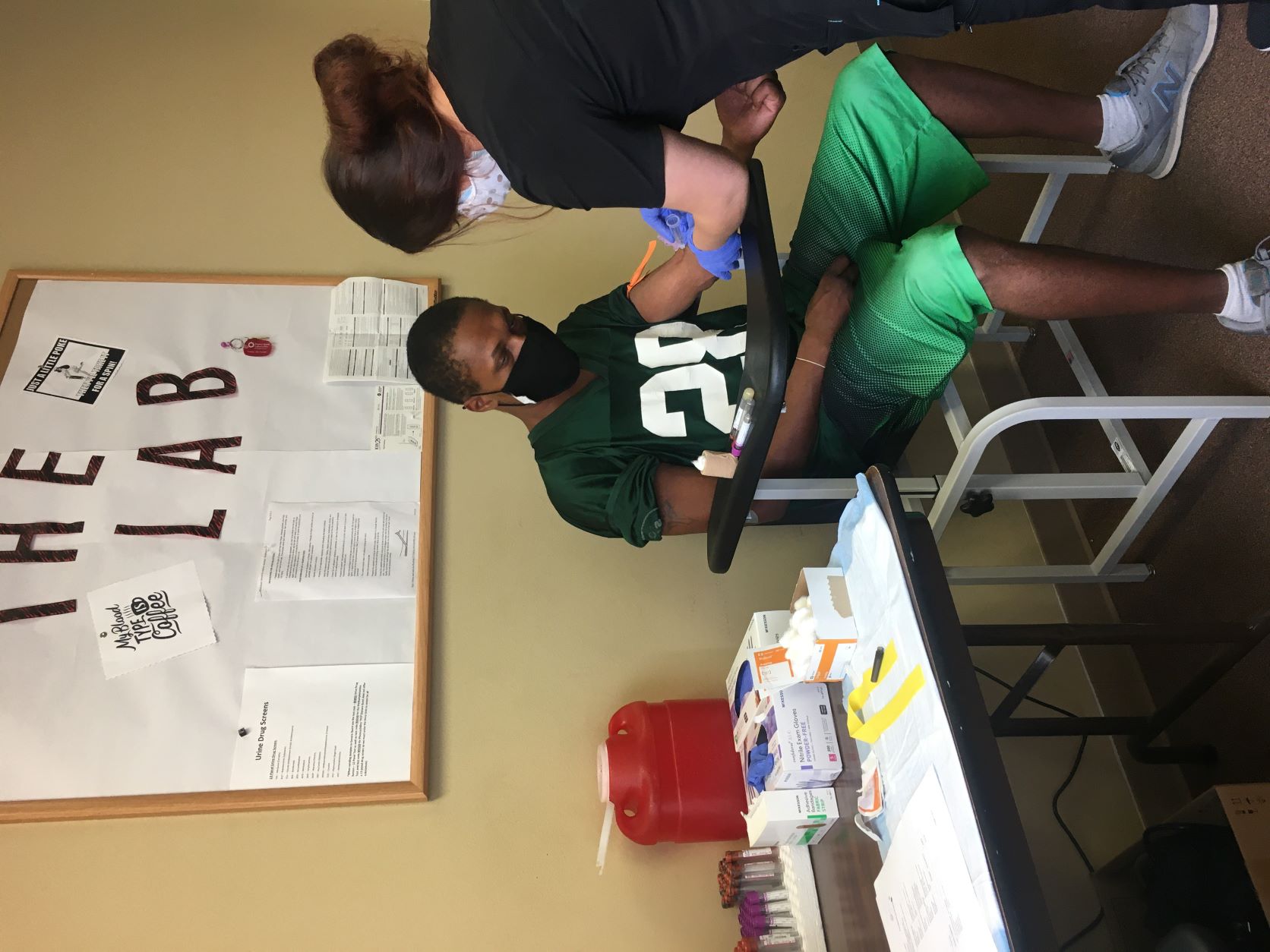The doors to a healthcare facility open and a man walks in, using a white cane. You’re working the information desk. Do you know what to do?
You’re a phlebotomist and you enter a patient’s room. The sign above the bed states the patient is blind. Do you know what to do?
We’re betting like many healthcare workers, you have an idea but you’re not quite sure if your idea is “right.” After all, you’ve probably had few interactions, if any, with people who are blind, have low vision, or are deafblind. And sometimes you can’t really tell if someone has a significant vision loss. So how do you know? What do you do? Prior to the COVID-19 pandemic, the American Foundation for the Blind (AFB) received funding from the Cabell Huntington Hospital Foundation in West Virginia to examine what challenges people with vision loss experience in healthcare situations. Once we understood the issues, we were tasked with developing training materials to guide and support healthcare workers.
Through the generosity of the Cabell Huntington Hospital Foundation and the James H. and Alice Teubert Charitable Trust, we are now able to share our research findings and the training materials we developed, at no cost.
The Free Resources
HANDOUTS: We created five handouts for healthcare workers in various positions. These 1-2 page handouts contain practical suggestions. Print, forward to colleagues, and post them on websites or key areas of your facility where healthcare workers will see them. Other healthcare workers will appreciate the information they contain.
General Overview for Healthcare Workers
Download the PDF.
Suggestions for Registration Staff
Download the PDF.
Suggestions for Guest Services Staff
Download the PDF.
Guidelines for Food Service Staff
Download the PDF.
Guidelines for Ancillary & Support Staff
Download the PDF.
TRAINING VIDEOS: Three AFB Research staff members took what we learned through our research and coupled it with our personal (two of us are visually impaired) and professional experiences. Together we designed a 40-minute training presentation (broken up into two videos) that have short activities embedded within. The information provided is practical and has examples shown through photos and short illustrative video clips.
Supporting Individuals with Visual Impairments in the Healthcare Setting, Part One
Supporting Individuals with Visual Impairments in the Healthcare Setting, Part Two
PRE- and POST-TESTS: We designed a 10-item pre-test to be taken prior to viewing the videos for viewers to gauge their level of understanding before training. A 10-item post-test allows viewers to measure how much they learned after watching the videos.
Share, Share, and Share Some More
AFB is committed to creating a world of no limits for those who experience vision loss. These resources we developed for healthcare workers are based on meticulous research. We encourage you to share www.AFB.org/Healthcare with others, so they too can take advantage of our handouts, videos, and pre- and post-tests.
“They are good people who work in hospitals, but they just don’t know how to treat us,” said a woman with a visual impairment in one of the Fall 2019 focus groups. Through education of healthcare workers using the resources we developed, we hope the end result will be that no one with a visual impairment will ever utter these words again.
